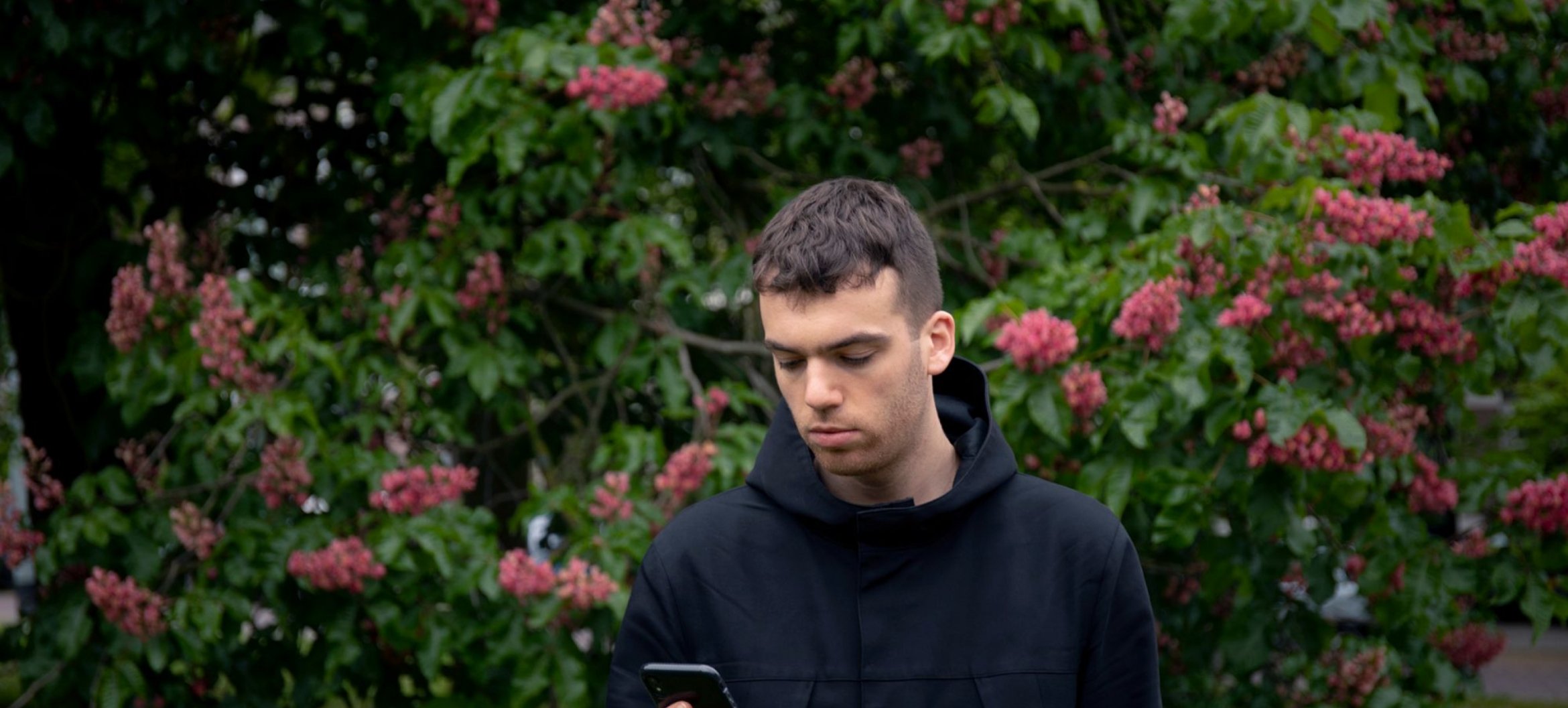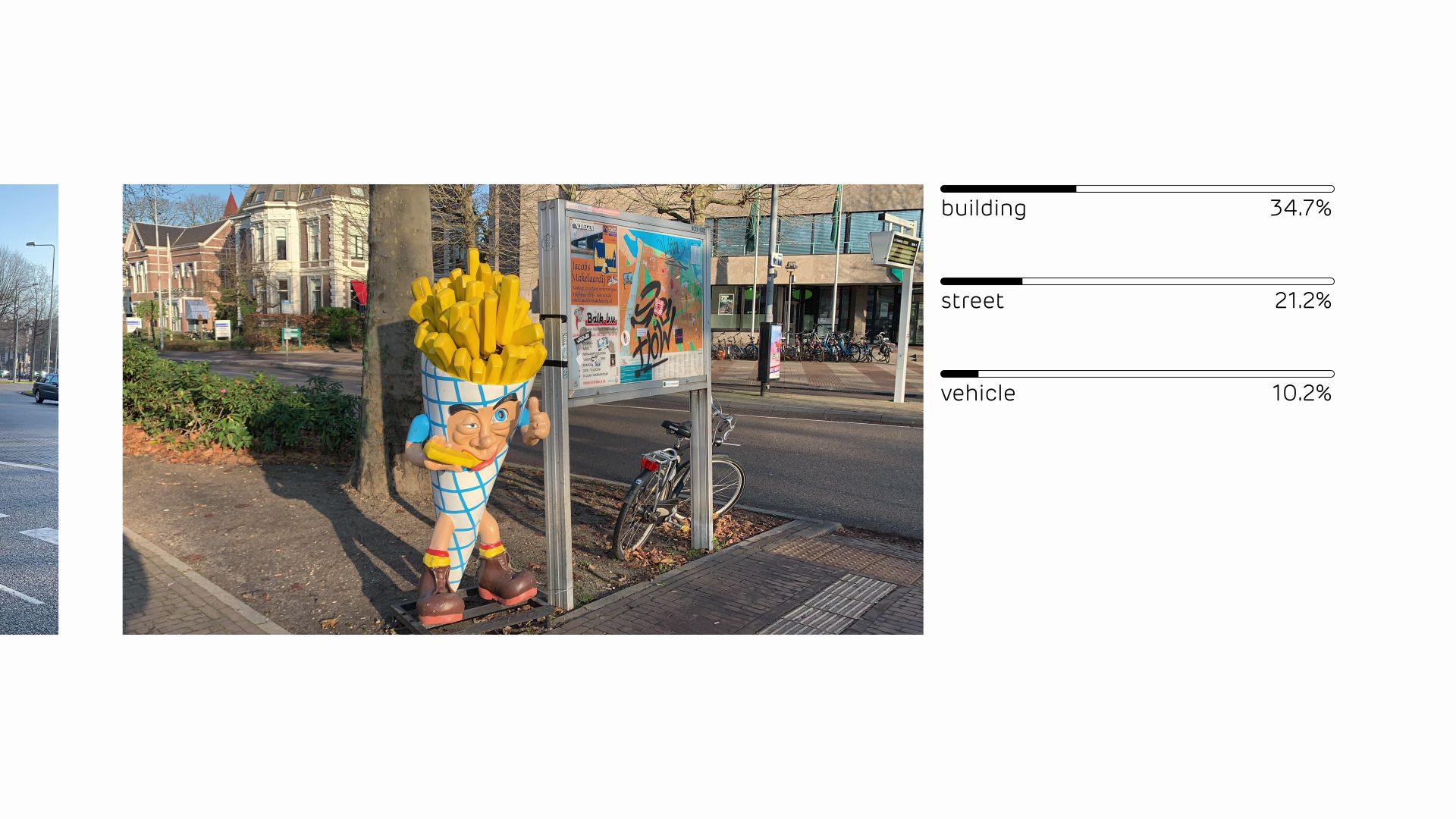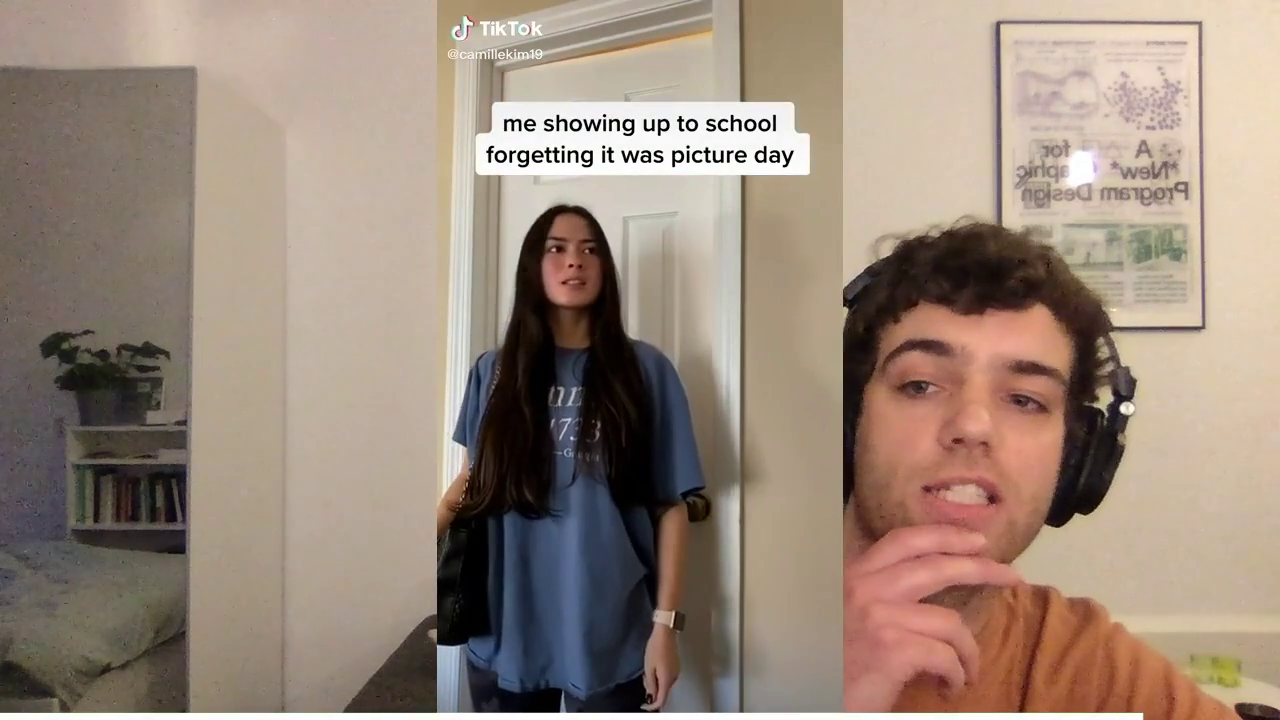7 tips for subsidy applications / Sjef van Beers
Are you at the beginning of your career as a visual artist and have plans for new work? If so, you may be eligible for an Artist Start grant (formerly the 'Young Talent work contribution'). Last November, Sjef van Beers received the Artist Start grant from the Mondriaan Fund. A tremendous achievement and unique opportunity to further develop his work. In Sjef's blog, he talks about obtaining this grant and gives you tips for writing an application.

My name is Sjef van Beers. I graduated in 2017 from the Interaction Design programme—now Design Art Technology—at ArtEZ in Arnhem, and now work as an artist. On the side, I do some freelance jobs, in which I sometimes take on the role of designer. I'm also one of the founders of Syntax, a platform for club culture, and I teach at the preparatory course for ArtEZ Arnhem. My own work, which consists of installations, videos and (non-)interactive objects, reflects critically on technology, the internet and the images and subcultures that emerge from that.
The Stipendium allows me to get a number of new projects off the ground, for which I need to invest in materials and sometimes hire third parties, such as a programmer. Thanks to the subsidy, I'll also be less financially dependent on a part-time job or freelance work. This subsidy is intended to stimulate the artistic development and cultural entrepreneurship of young artists.In this blog for the ArtEZ Business Centre, I'll do my best to tell you how I managed to get this Stipendium.
Preparing a subsidy application
Towards the end of 2019, I was accepted to the Social Aspects program of the Derde Wal, an organization in Nijmegen. The organization received a project subsidy from the Mondriaan Fund to pay for my fees, among other things. Once Derde Wal learned that I hadn't done a Fine Arts program, they had to check with the Mondriaan Fund if that would be a problem, but fortunately that wasn't the case, based on my CV. When I later told this story to Martijn van Boven, my former head of department and former chairman of the Young Talent committee, he told me that I should also consider applying for the Stipendium for Emerging Artists. After all, the Mondriaan Fund had approved my CV for the Derde Wal project, so I would probably be eligible for the Stipendium as well.
Mid-2020, we had started a subsidy application with Syntax. We hoped to get funding from the Creative Industries Fund to build a light installation for clubs and festivals. For various reasons, including the COVID crisis, this project became too complicated to realize at the time and we decided to postpone it. Clubs were closed, I didn't have many freelance gigs, and so I was left with little to do.
Fortunately, participating in the Social Aspect program and finishing my film MTurk Images, which I had started there, had made me excited again about making my own work. The first few years after graduating, I didn't feel like it as much, but being part the Derde Wal program helped motivate me.

Since then, I'd been writing down concepts and thinking about the themes that I'd been engaged with for a while. When I put all those little plans together, I realized that I might just have enough ideas to apply to the Stipendium for Emerging Artists. In part because I received the Tozo (emergency COVID subsidy for the self-employed), I had plenty of time to write and complete my application.
Other than the prior approval of my CV, there were other reasons for my choice to apply to the Stipendium for Emerging Artists, rather than the Talent Development Grant Program of the Creative Industries Fund. My work since my graduation has largely had an autonomous character and I think it's more fitting to present my work in a (new media) art context than a design context. I don't see my work as contributing to problem-solving or awareness-raising in the clear way that's often expected from design projects. Having said that, I have to admit that I haven't always felt comfortable calling myself an artist after studying Interaction Design. That's one reason why the Mondriaan Fund's recognition has been so valuable to me.
Tips for subsidy applications
A subsidy application is a very specific type of text, one that can be difficult to write. That's why I wanted to share the following tips for writing subsidy applications and applying to the Stipendium for Emerging Artists in particular:
1. Allow people to help you. Both Martijn (van Boven) and a number of my friends and fellow alumni read my texts and gave their feedback, which has been very helpful. I was also able to take a look at one of the applications that had been granted in the past, so I was able to learn a few things from that.
2. Write about things that interest, fascinate or inspire you. Of all the sections I had to write as part of this application, the explanation of my work and professional practice was by far the most difficult one. It became easier for me when I decided to link my work to other material, in a comparison or as a metaphor for my approach. In my case, those things were an artists' manifesto and a podcast about pop journalism.
3. Write "I will" instead of "I want to". That looks a lot more confident—and perhaps also more realistic—to the committee. Of course you can edit your texts after you write them, but at a certain point I began to appreciate how putting my plans on paper in a decisive way forced me to adopt a confident mindset. Do make sure that not every sentence starts with "I", because that will come across as arrogant. It's also rumored that the committee likes applicants to mention the words "verdieping" (deepening) and "professionalization" at least once.
4. Balance expertise, enthusiasm, tone of voice and clarity in your text. It's good to show that you have a well-developed understanding of the things that matter in your field. You don't have to be shy about showing it in your application. It also works to your advantage if you write about your work and your plans passionately, so that the commission will share your enthusiasm. Your (artistic) work probably has a specific tone of voice to it; your application will be more convincing and come across as a unified whole if it is written in a similar style. All this needs to be balanced with the need for clarity in your application, since it may be read by committee members who are not (fully) familiar with the niche that your work resides in.
5. Make sure your application looks nice. Just like the tone of voice in your work can be reflected by your application text, the same applies to the lay-out and design. You shouldn't turn your application into a big spectacle that detracts from the legibility, but it can help you leave a good impression to pay a little more attention to it than you would to an average Word document.
6. Call the fund if you have specific questions that aren't answered on the website. The Mondrian Fund's website has a lot of information about the criteria for an application. Still, I sometimes had additional questions and made a few phone calls to the fund. The Mondriaan Fund has a friendly customer service that can connect you to two project members of the Stipendium for Emerging Artists. But they also helped me reach someone at the technical helpdesk, who offered to free up some more server space for my documentation. That allowed me to submit more video work and show a more complete overview of my practice.
7. Try to make the time for it, even when you don't feel like it. People will often tell you that you should try to enjoy writing an application, to treat it as something fun. And I can definitely confirm that it feels good when you're in the flow and write a strong paragraph. But in the end, writing an application is also simply a task you need to complete. That can feel daunting—especially the first time, I think—and it isn't something that's going to be easy and pleasant at all times. For that reason, I'd rather say that writing an application is something that's necessary and something that will be valuable to you afterwards. Because you're not just doing it for the fund - you're also defining sharply for yourself what you're trying to achieve with your work.

Screenshot from a lecture during The Hmm in Quarantine
After the application
Exactly why my application was granted, I can't say for sure. I do think it helped that I had plenty of time to make the application as complete as possible. I sometimes doubted if I had enough work in my portfolio and if it was good enough, but those weren't things I could change as I was writing the application. I also ended up including a lot of niche terminology on internet culture. It will probably never be entirely "perfect", but I was happy with what I submitted.
For some time now, I've been receiving this subsidy. That means that I now have to realize the work that I described in my plans. Some things are difficult in the current situation; for the coming year, I wasn't able to plan many opportunities to present my work at exhibitions, publications or public readings. I also have the feeling that some of the things I planned and described in my Presentation plan, will probably have to be abandoned.
In terms of time and finances, it might get difficult to realize all the plans in my application. Since including a budget isn't required for the Stipendium for Emerging Artists, I didn't really sit down and estimate what exactly my plans would end up costing. I was more concerned with making sure that the commission would be convinced of their value. Since the subsidy is intended for early career artists, I also know it's not the end of the world if you make some minor changes in planning over time.
The way the application was set up, helped—or forced—me to define in detail what my professional practice as an artist or designer is, and in what direction I want it to go. And those are very valuable things to know.
Final score
Of course, I'm very happy that I submitted this application and that the subsidy was granted. And while it might sound a little lame, I was happy I wrote it even before I received the good news—the committee can take up to three months to evaluate your application. The way the application was set up, helped—or forced—me to define in detail what my professional practice as an artist or designer is, and in what direction I want it to go. And those are very valuable things to know.


